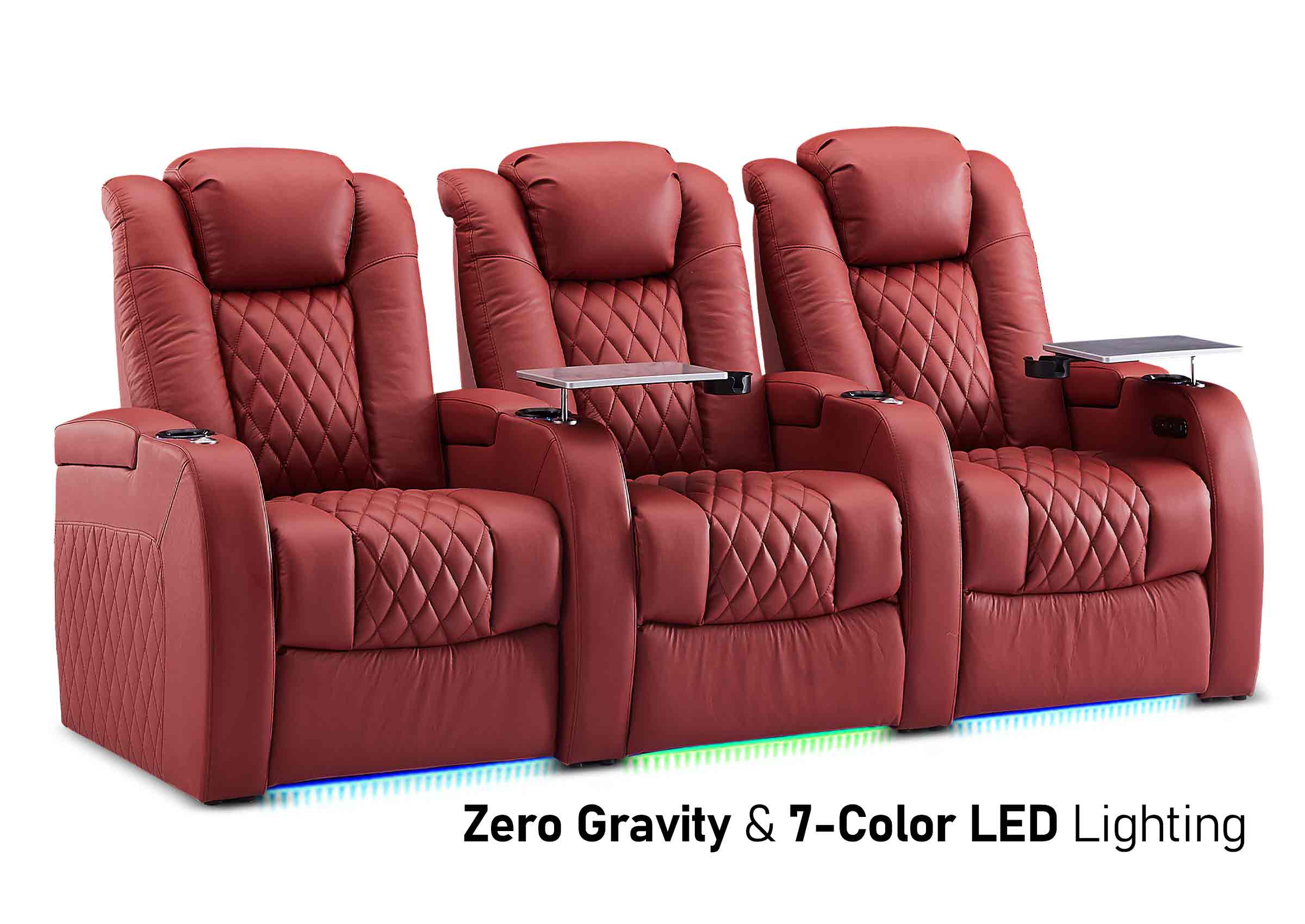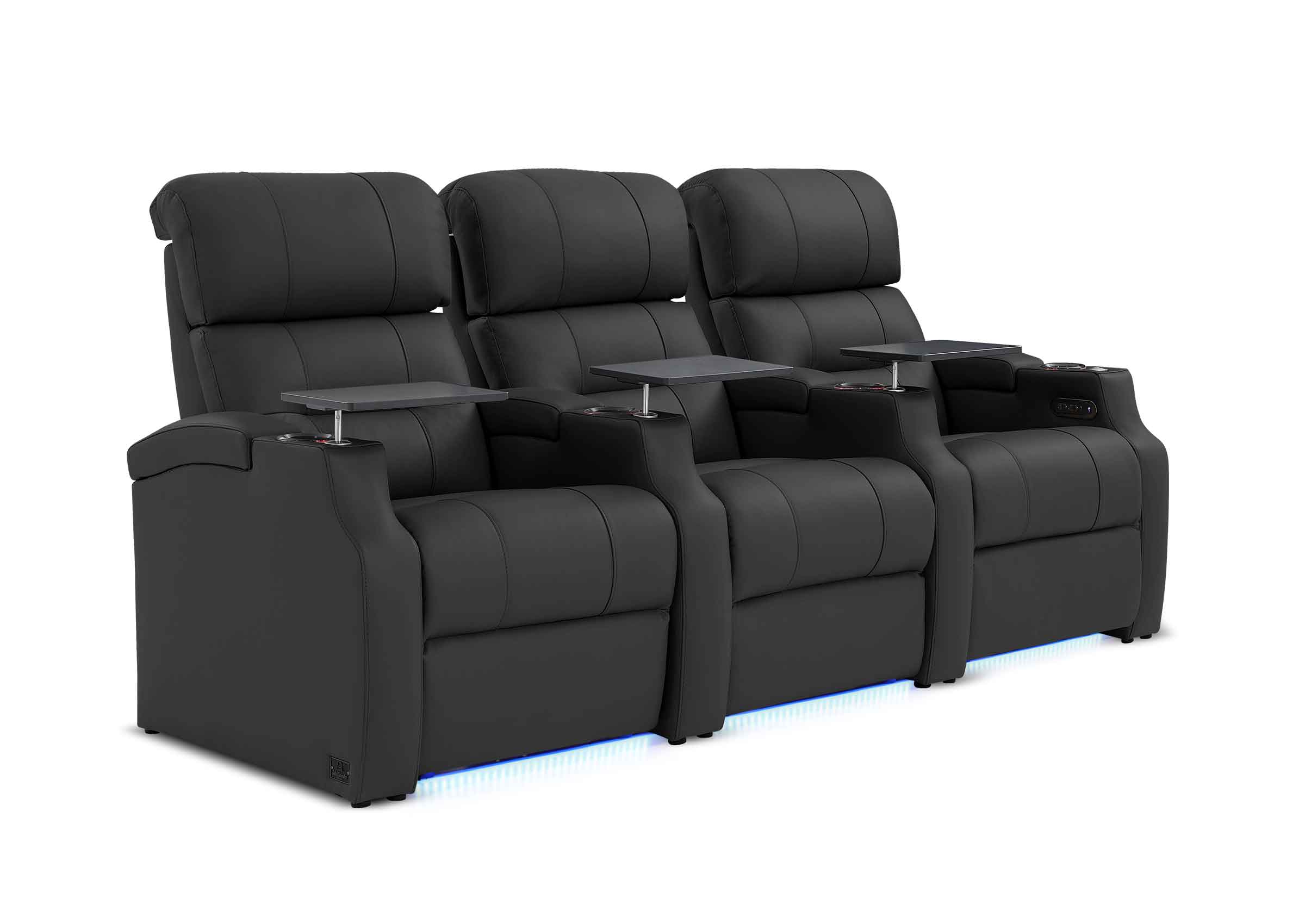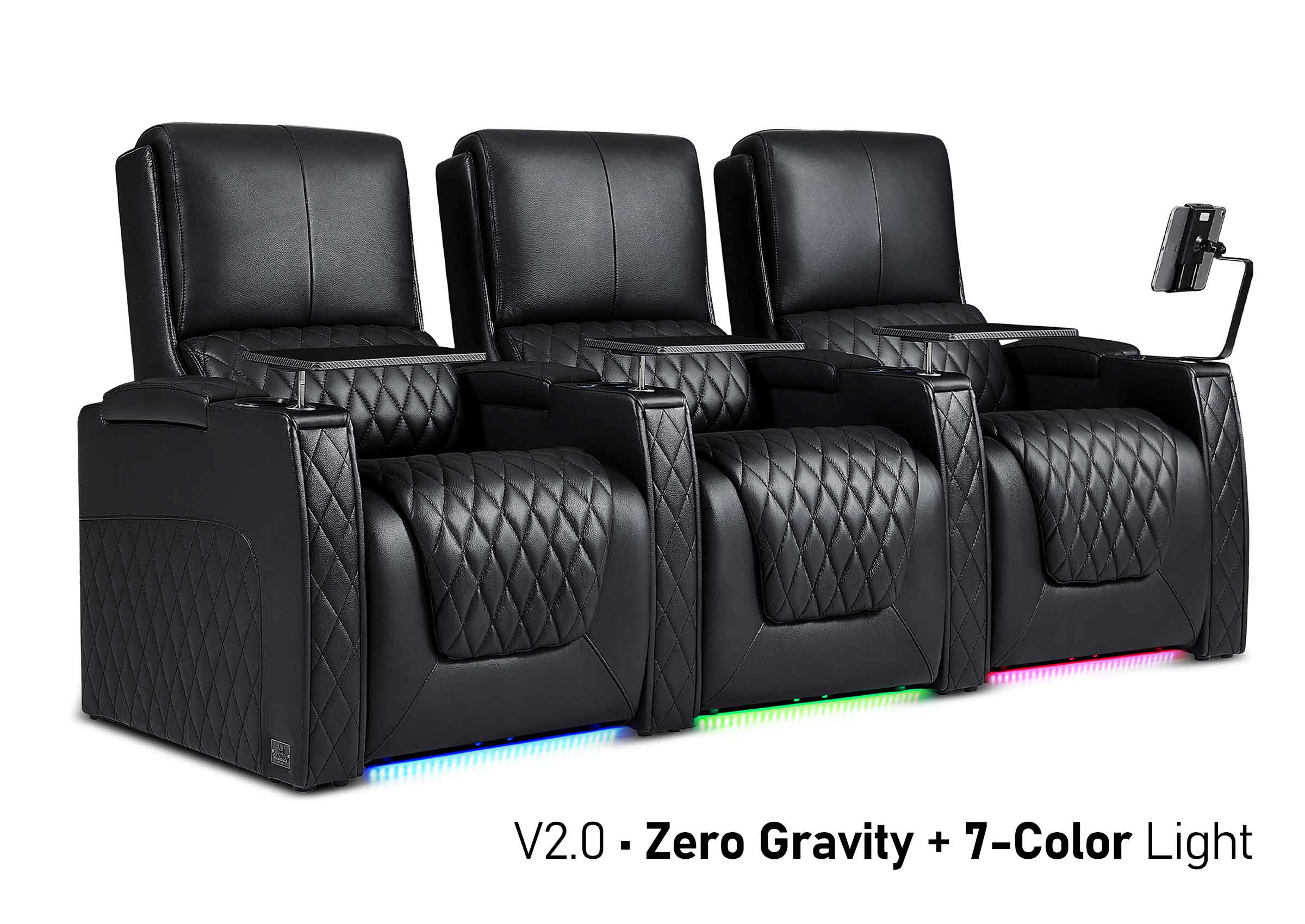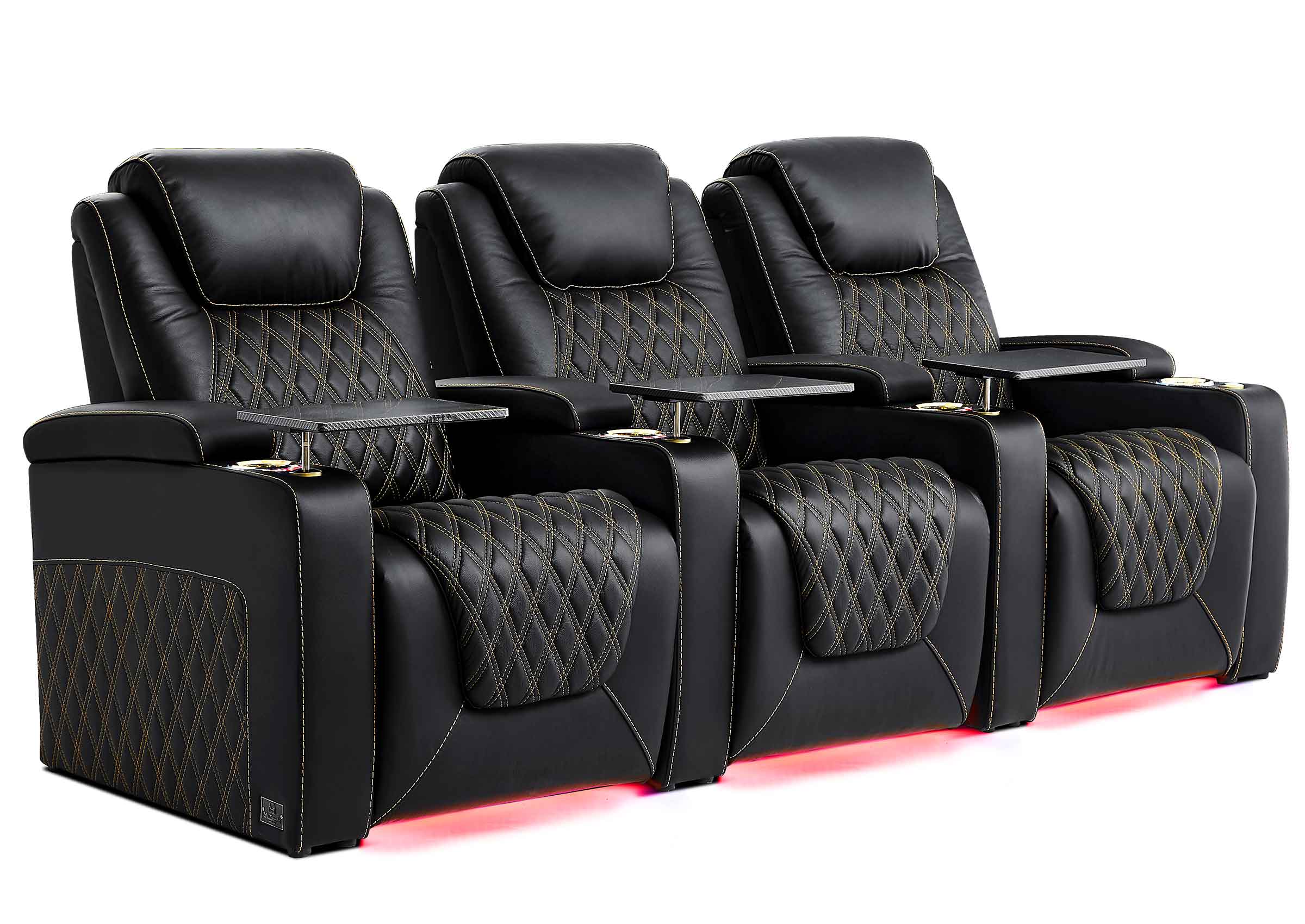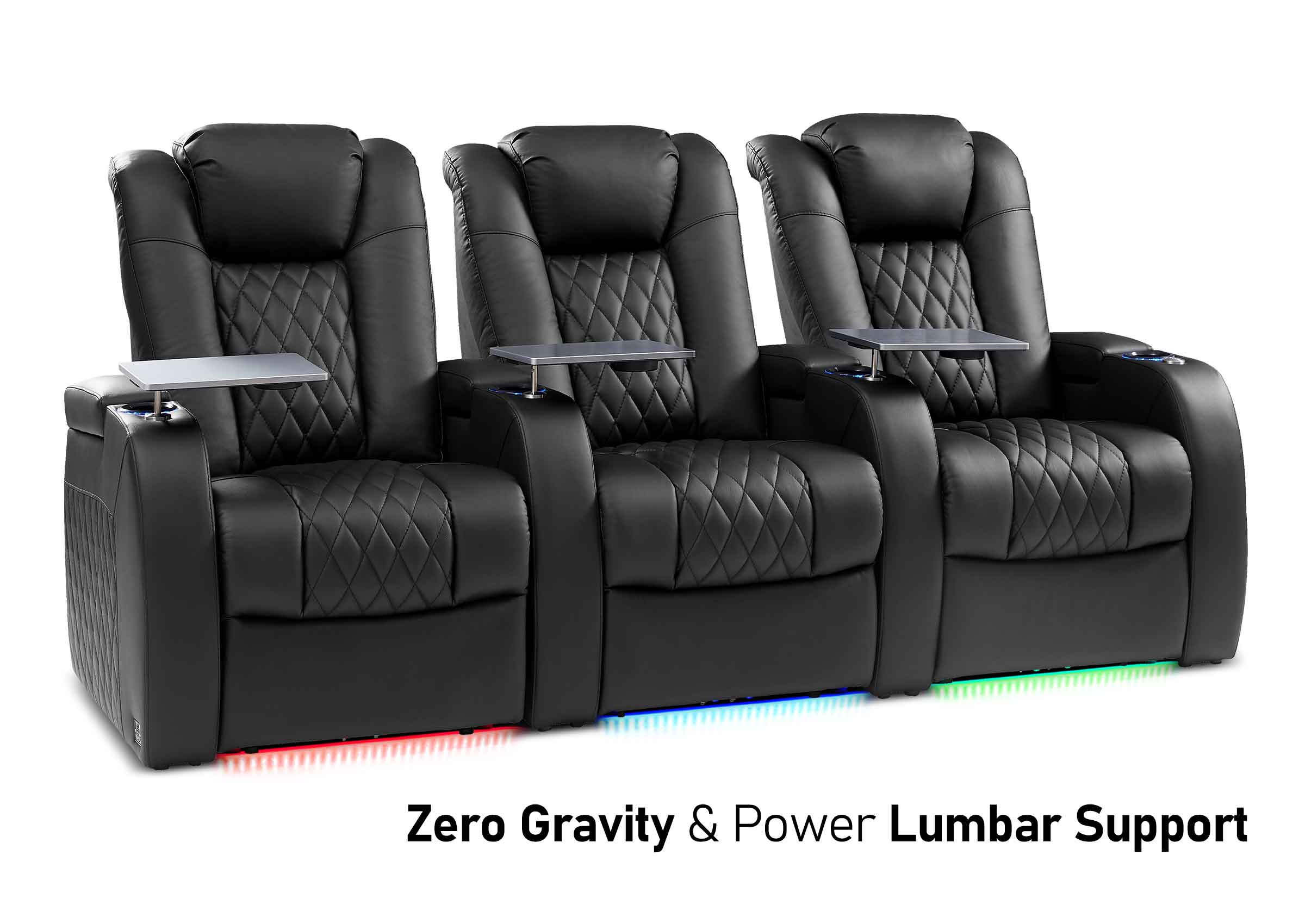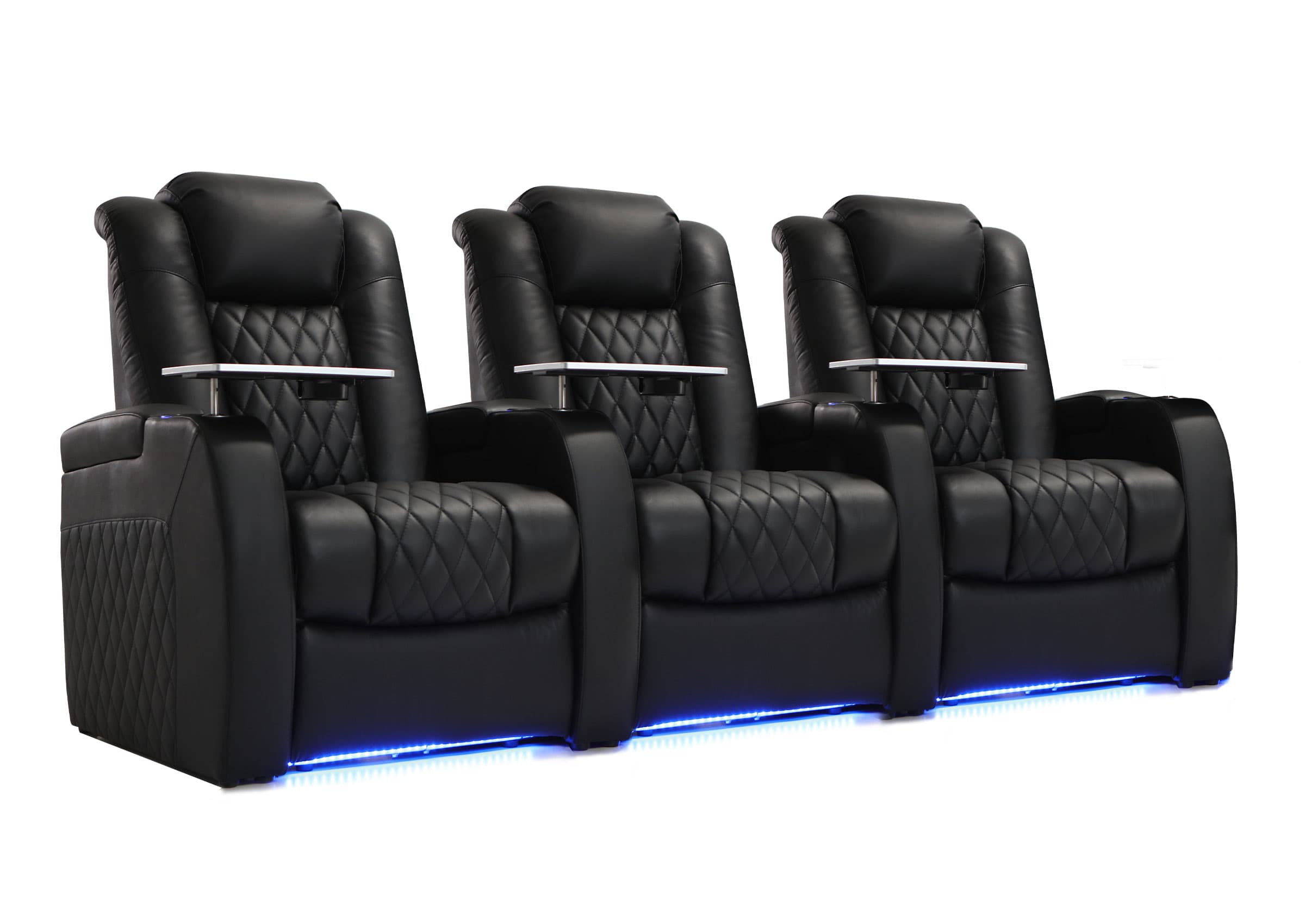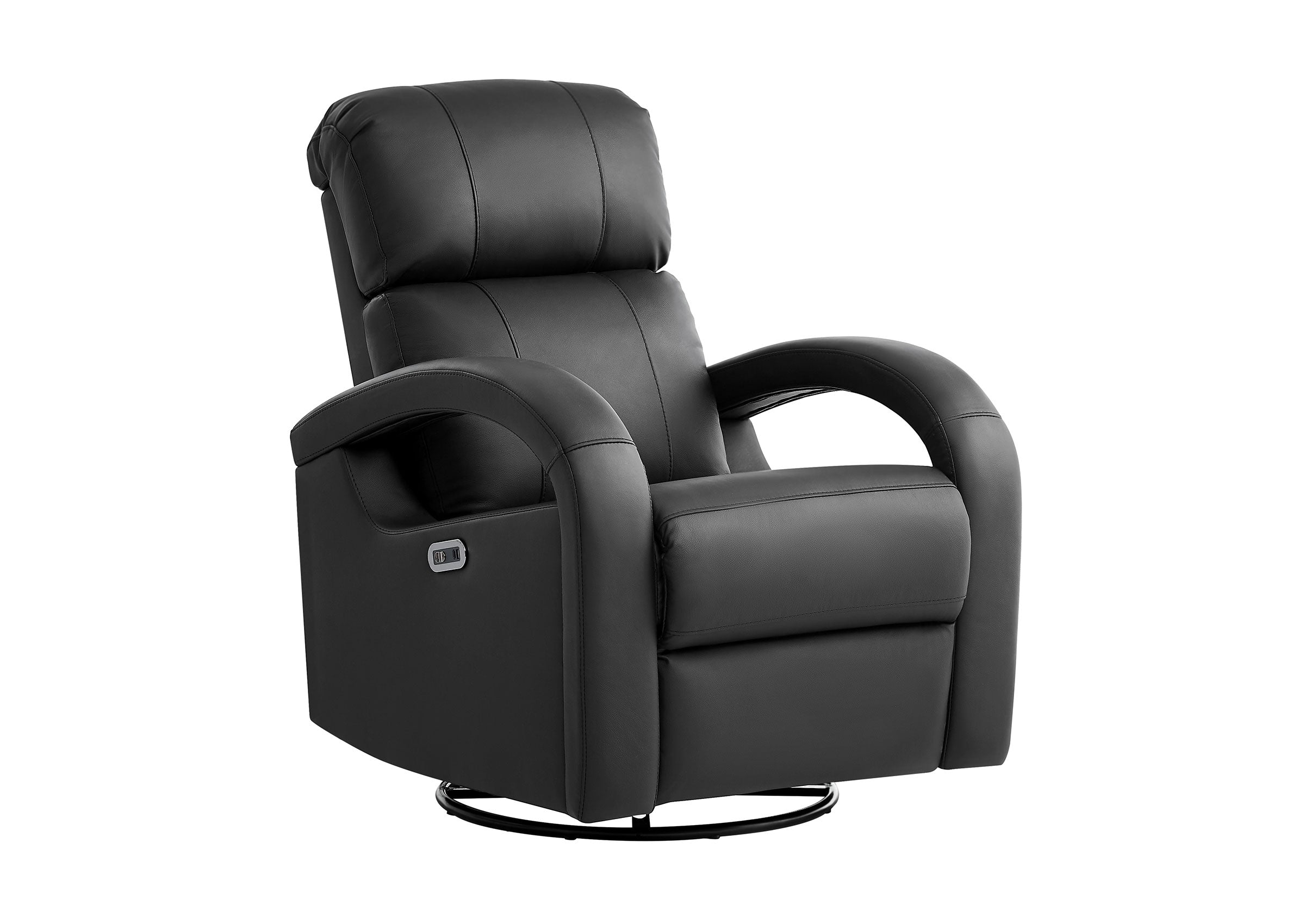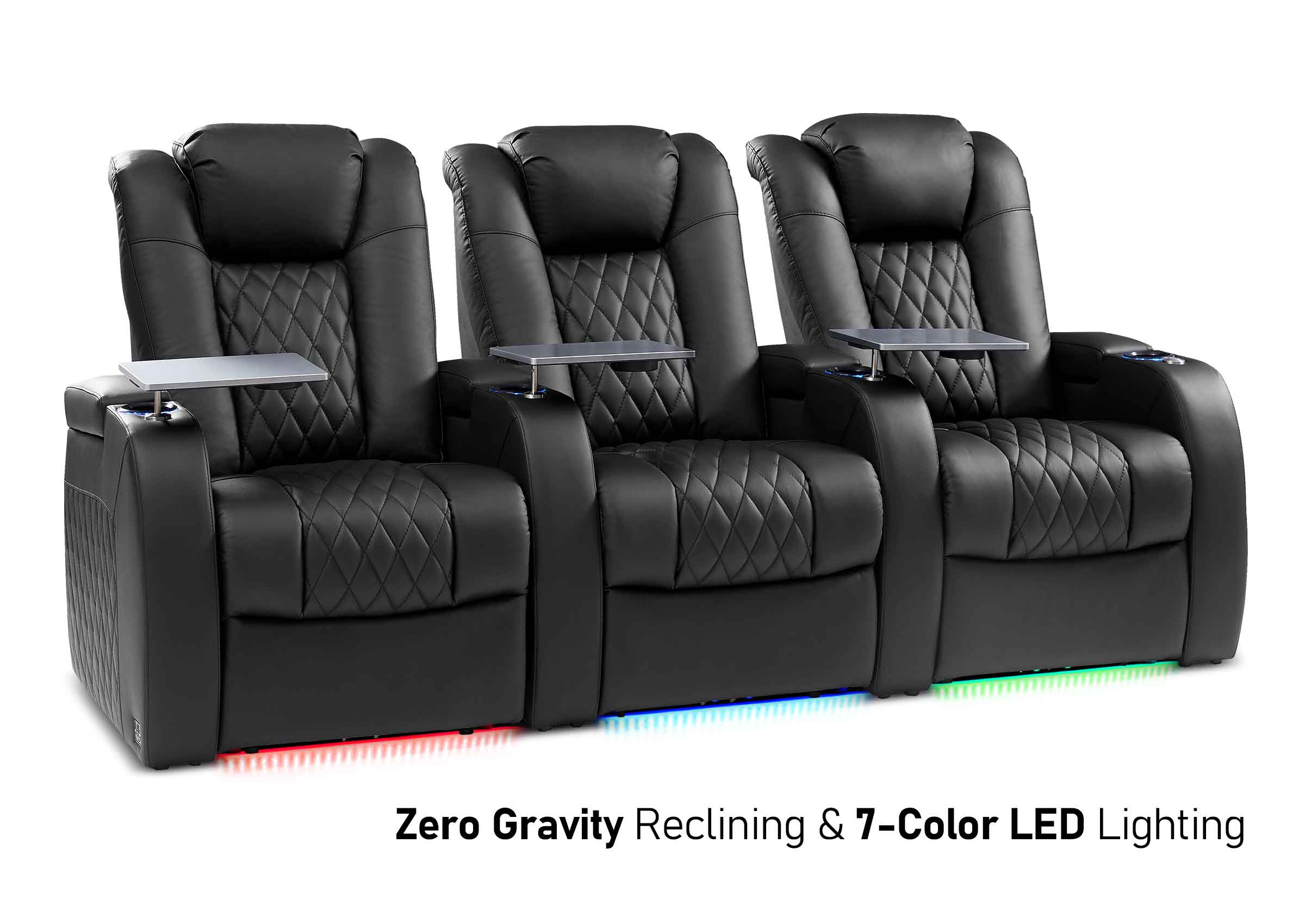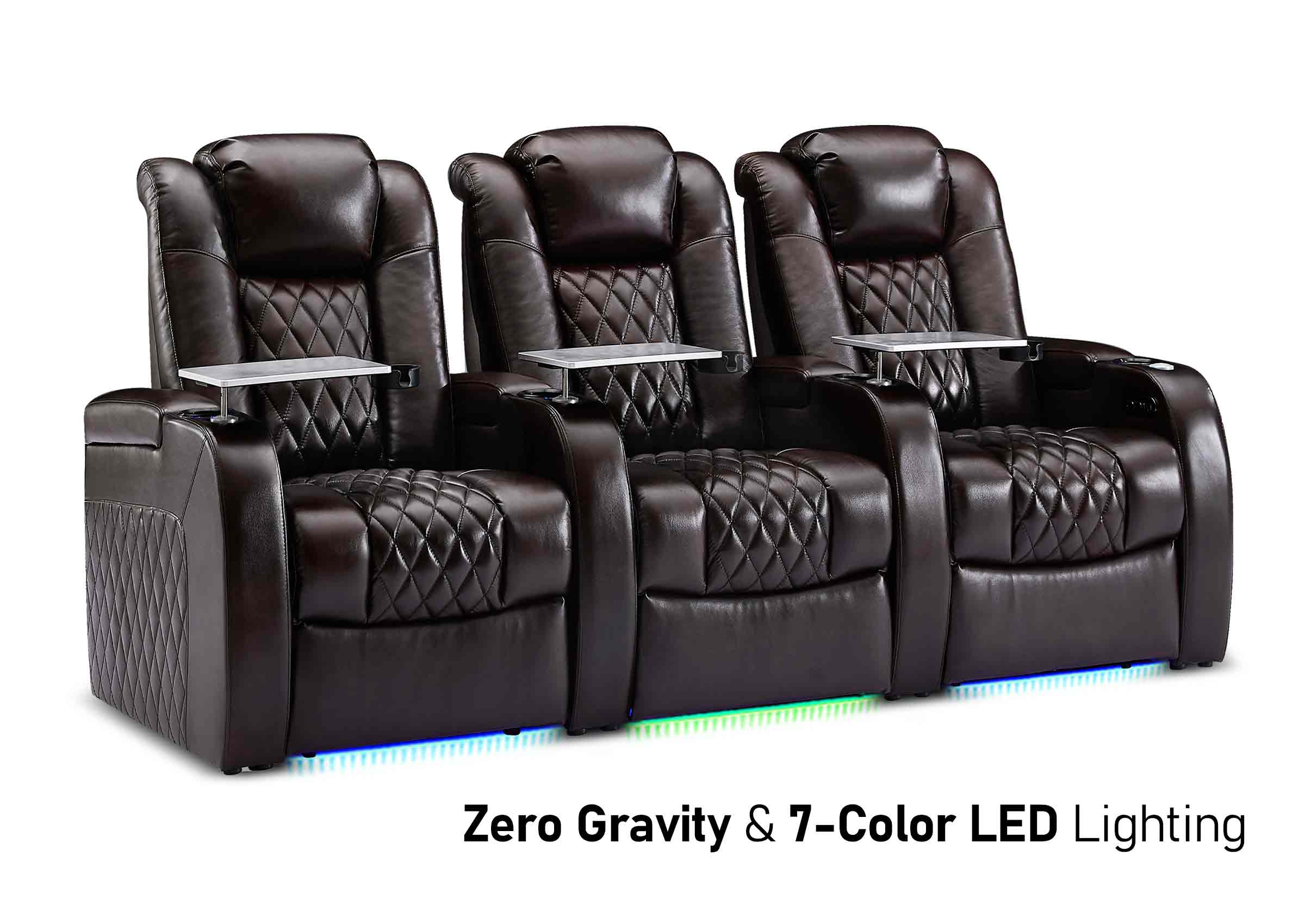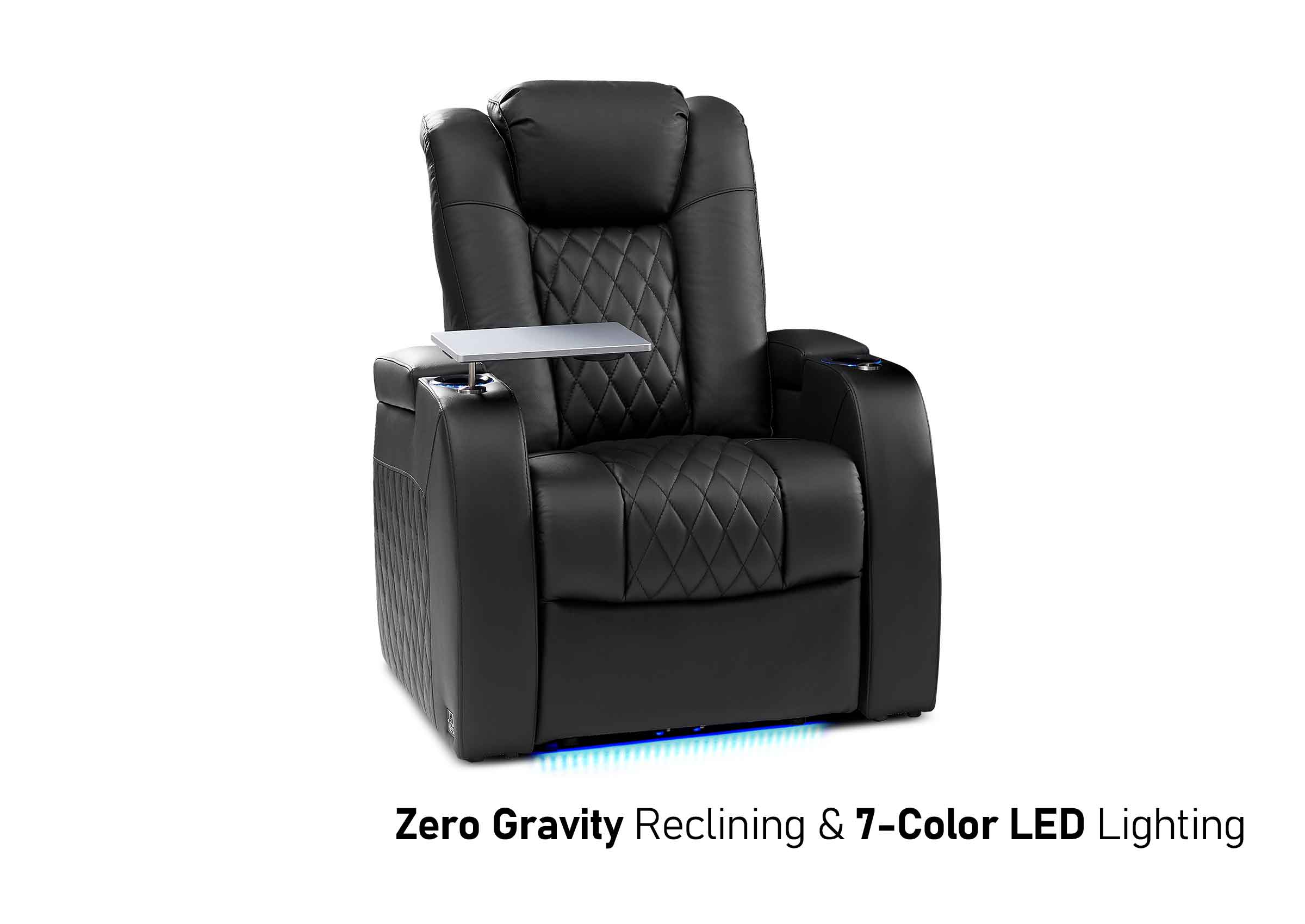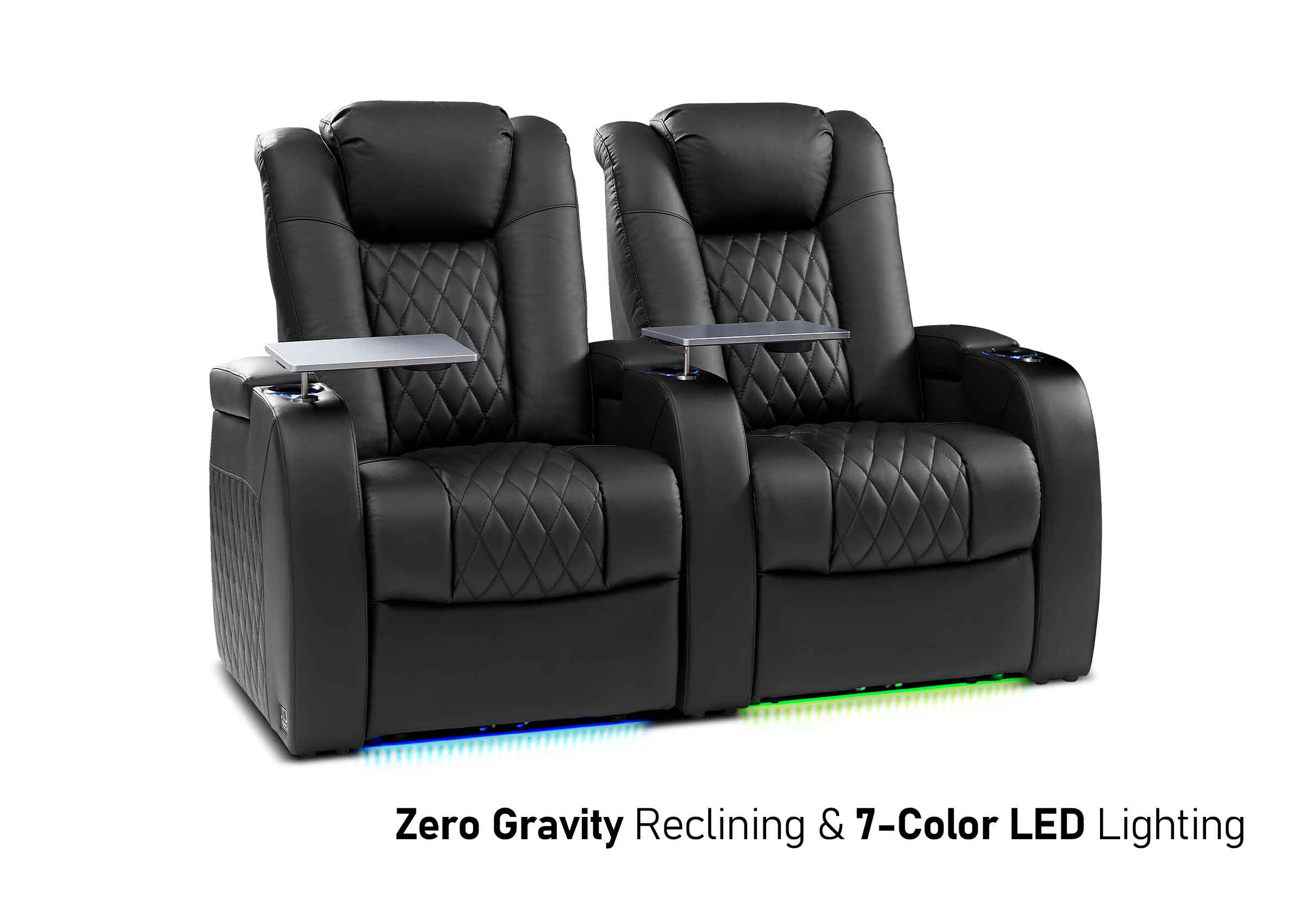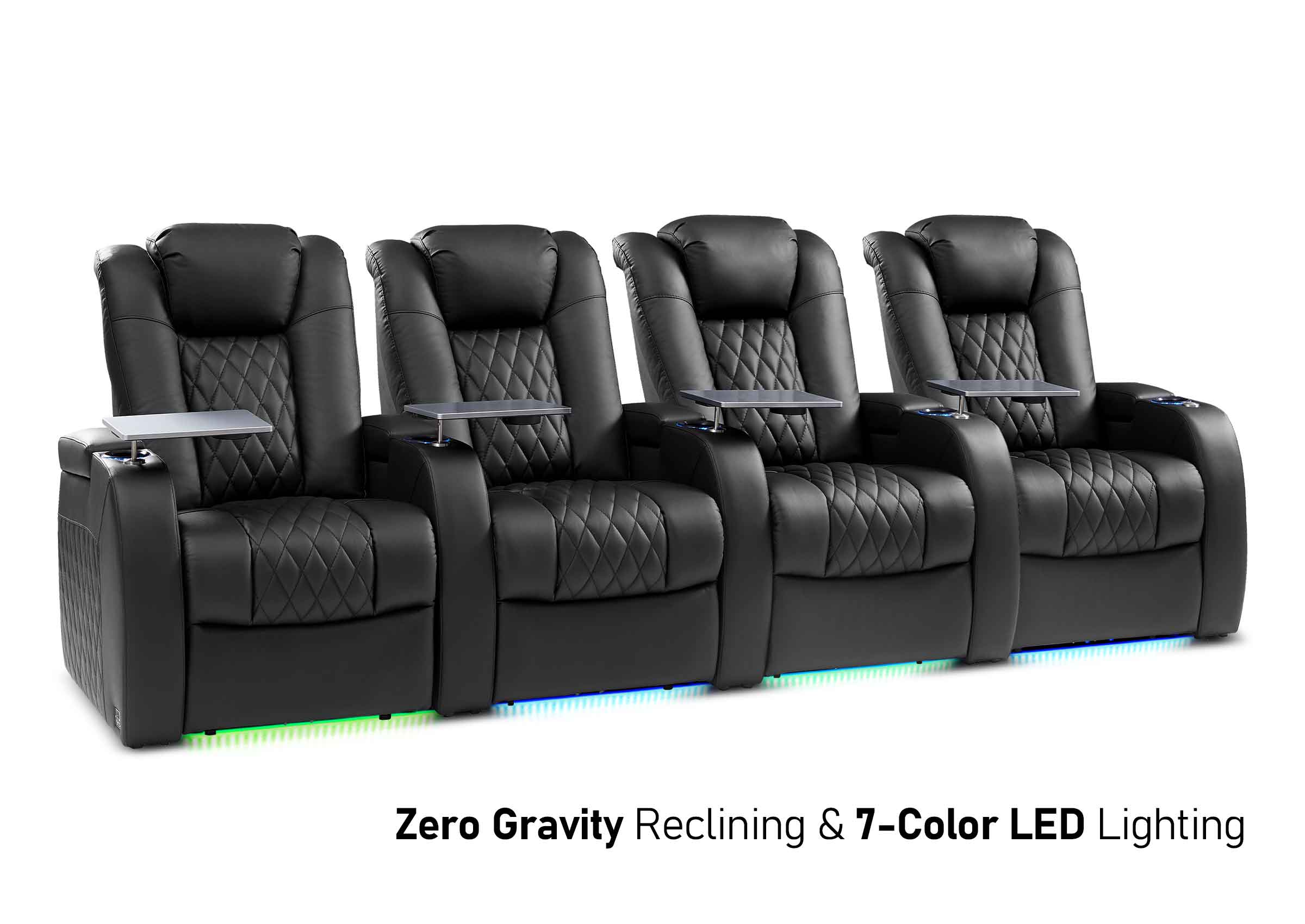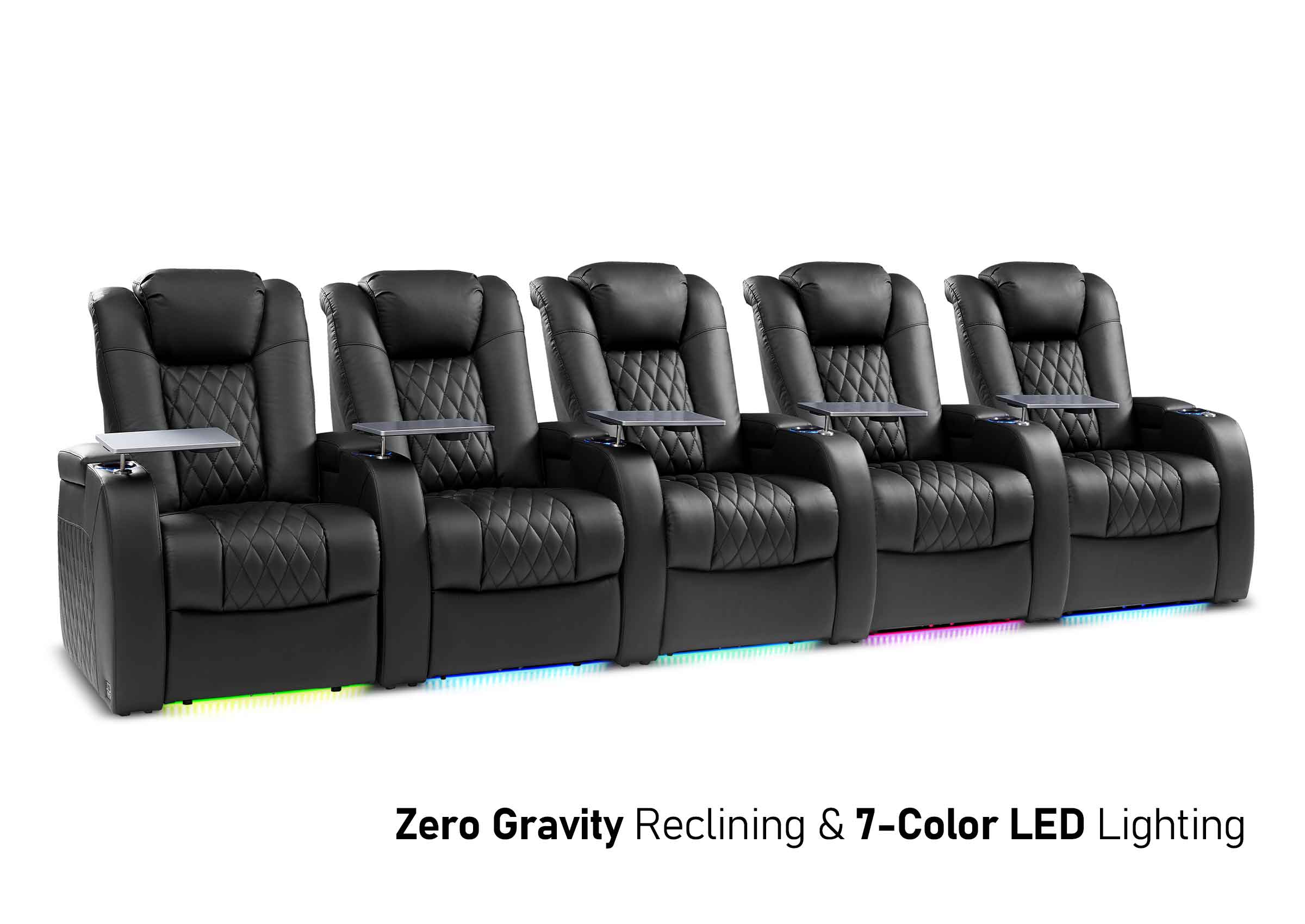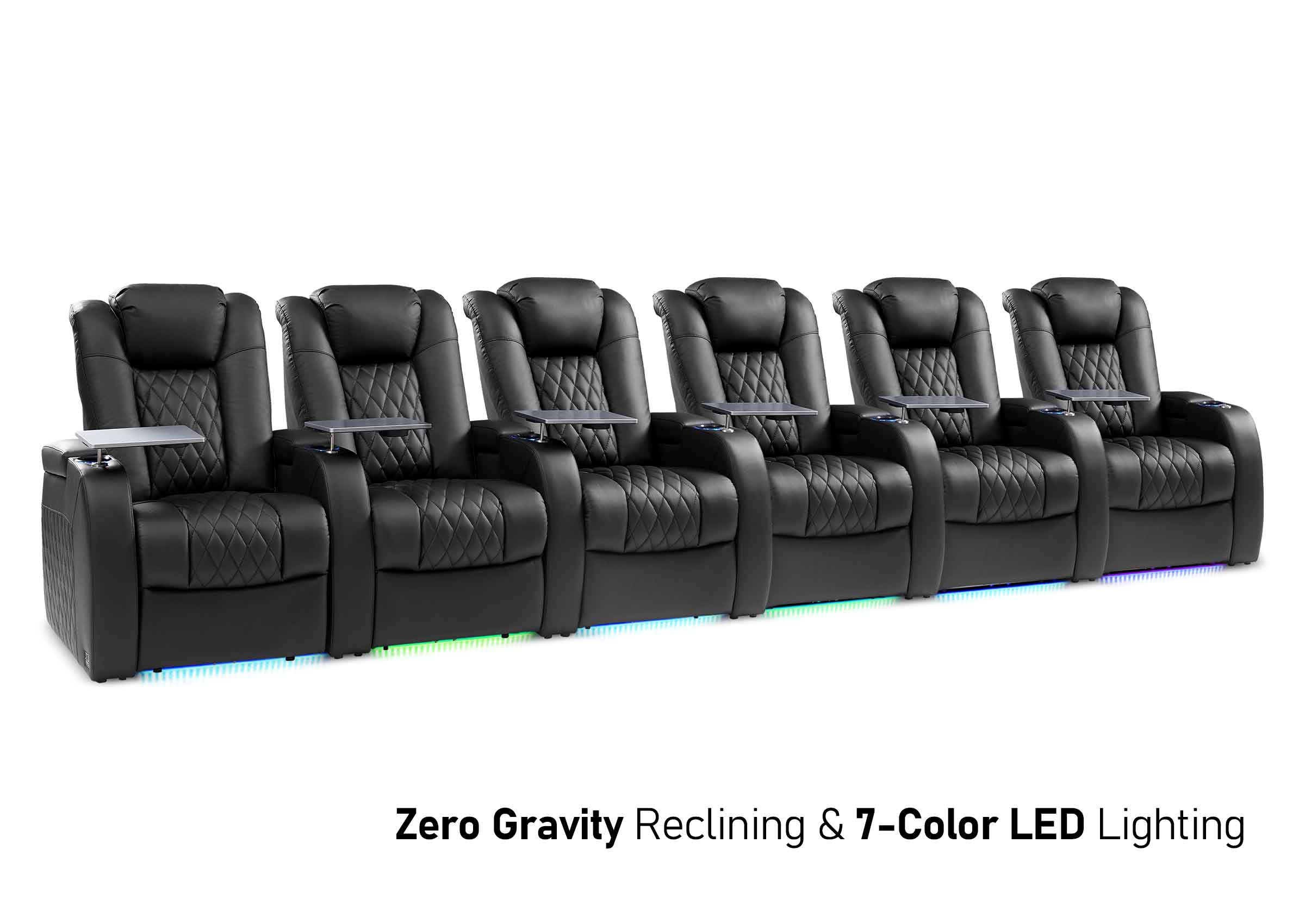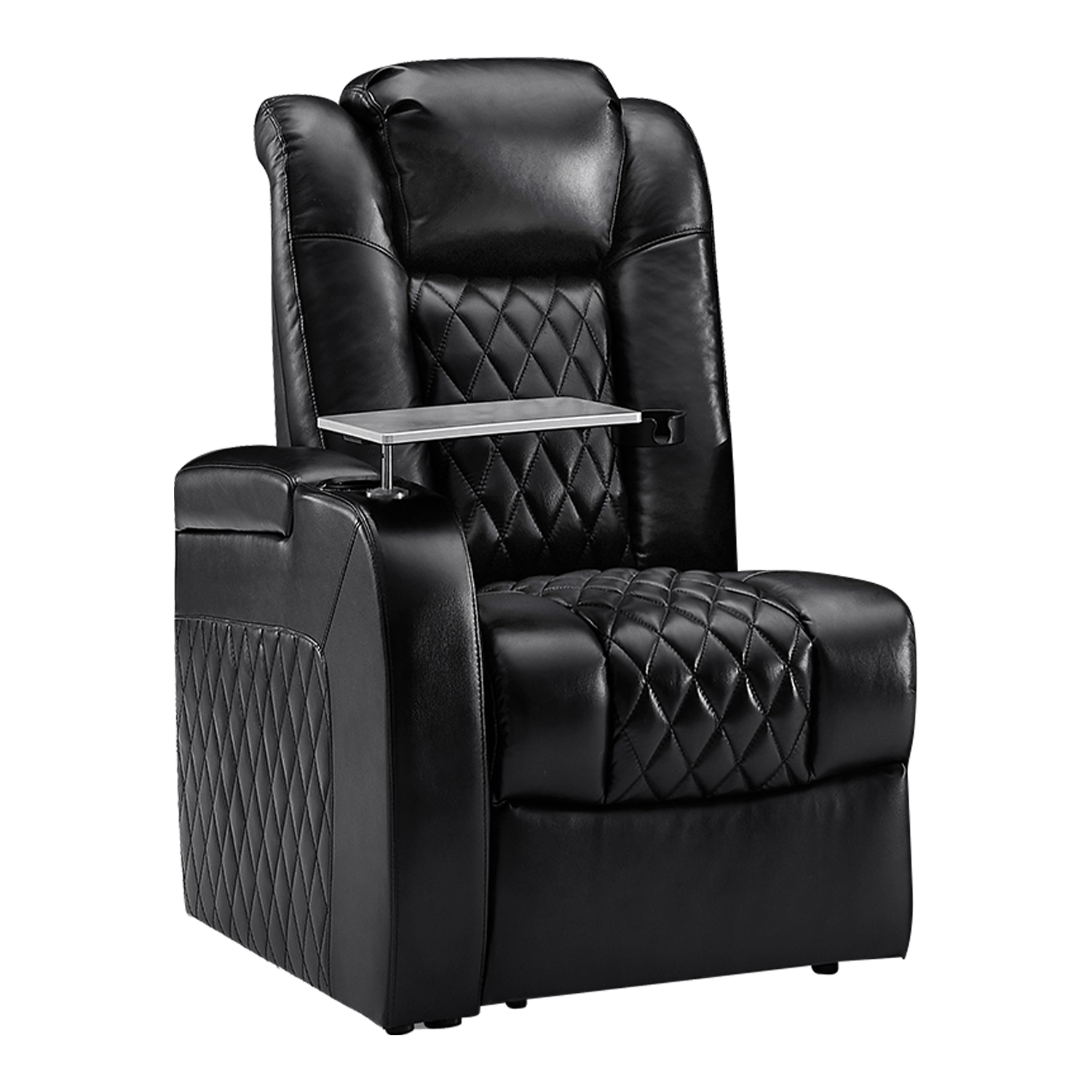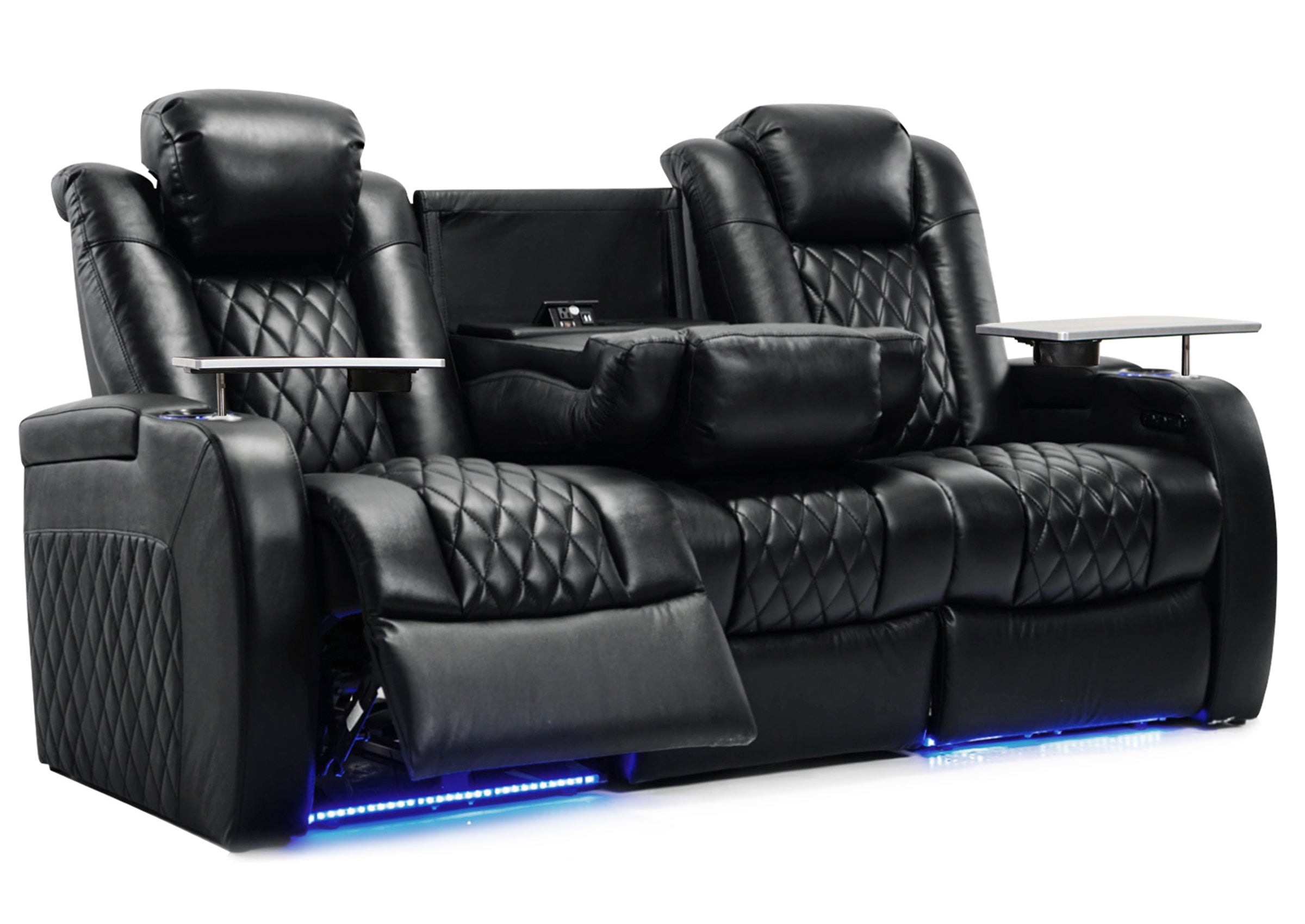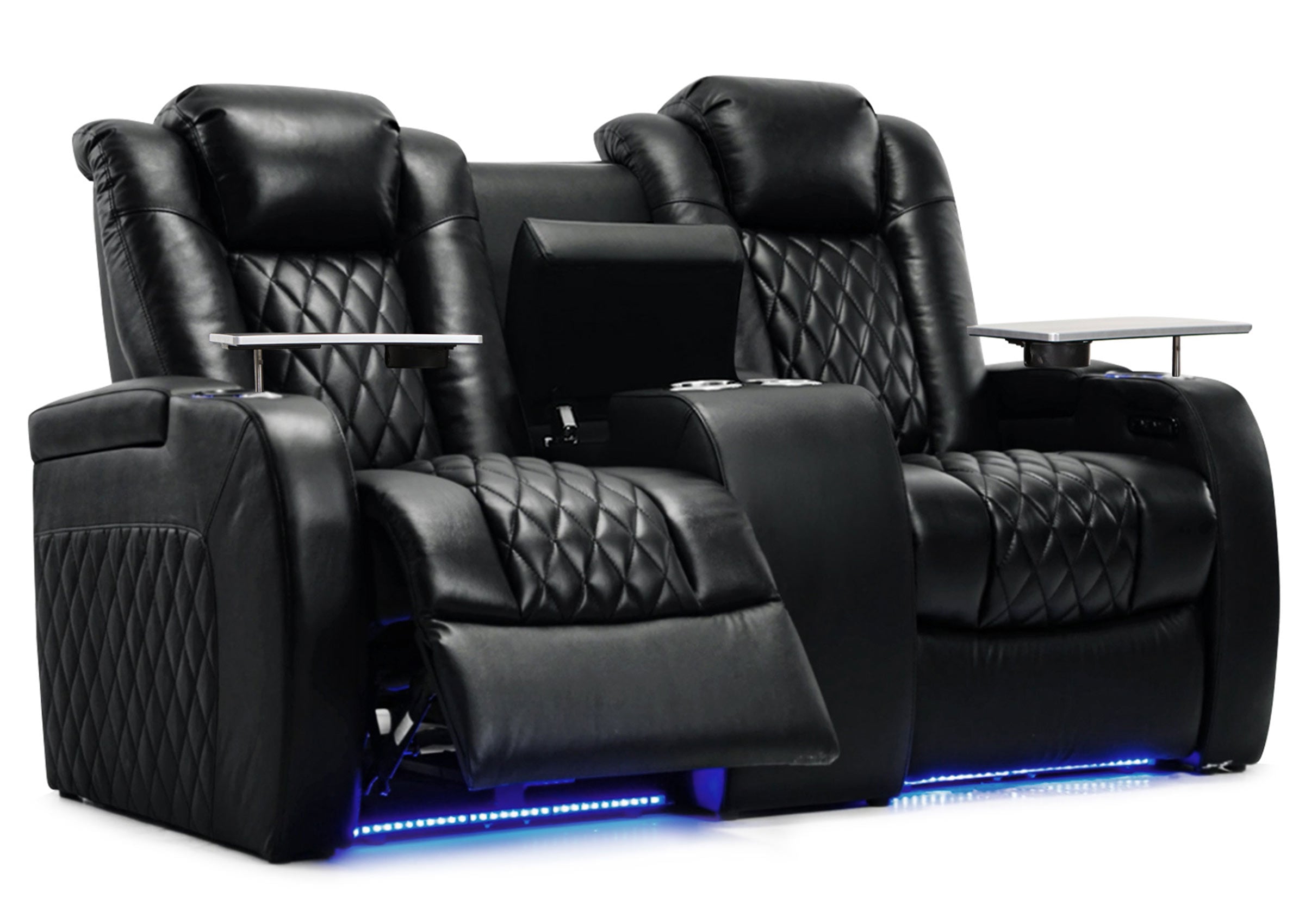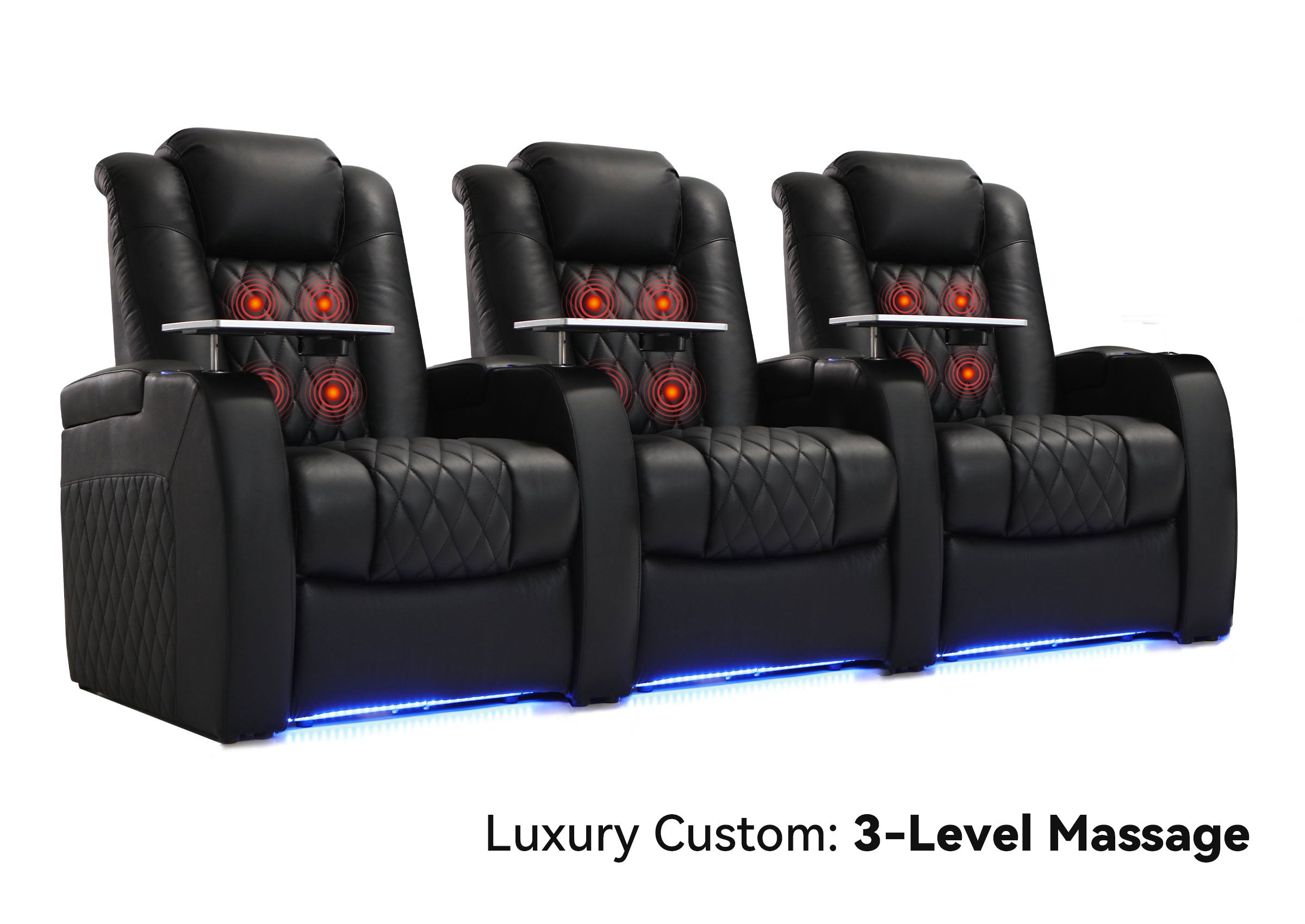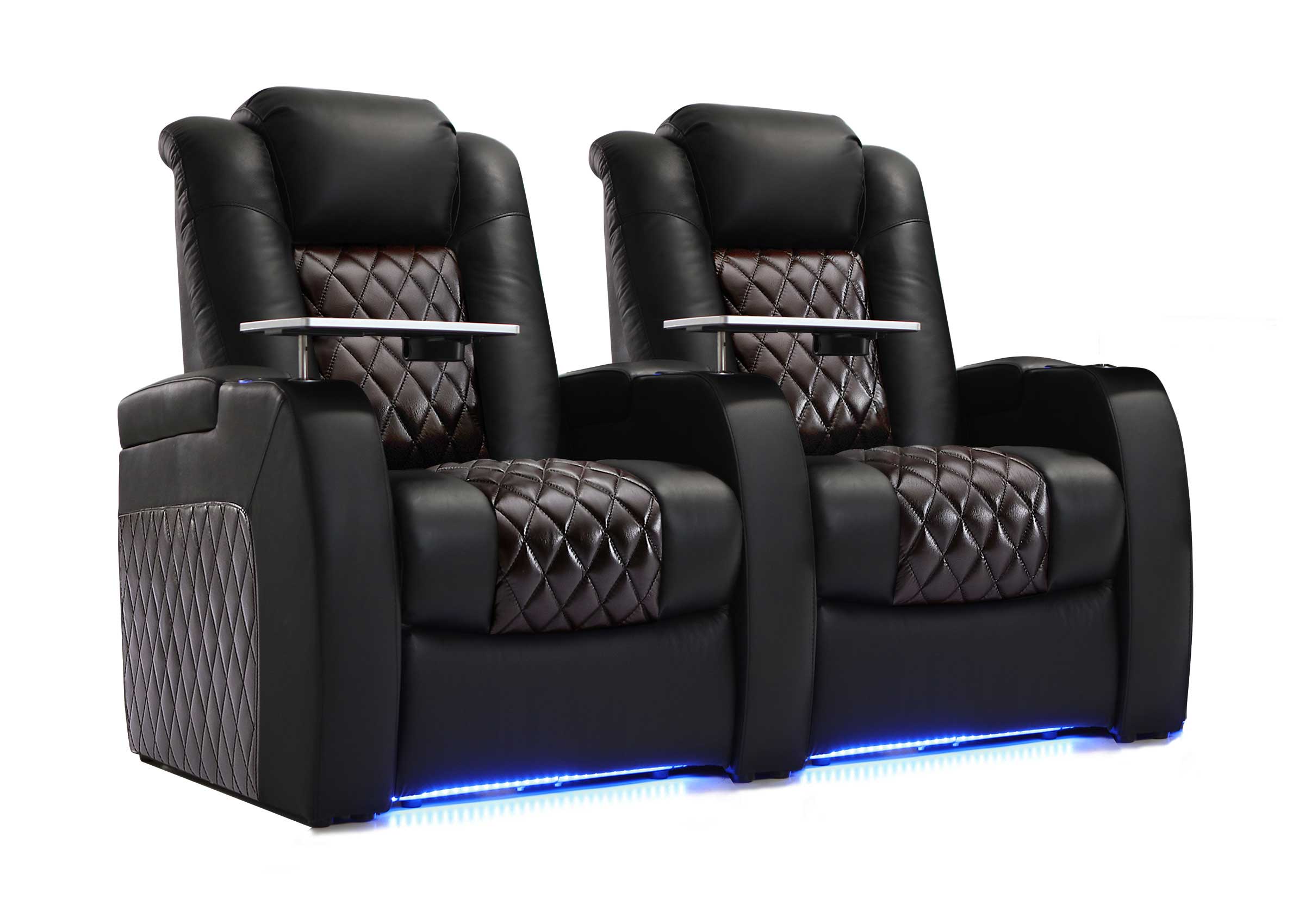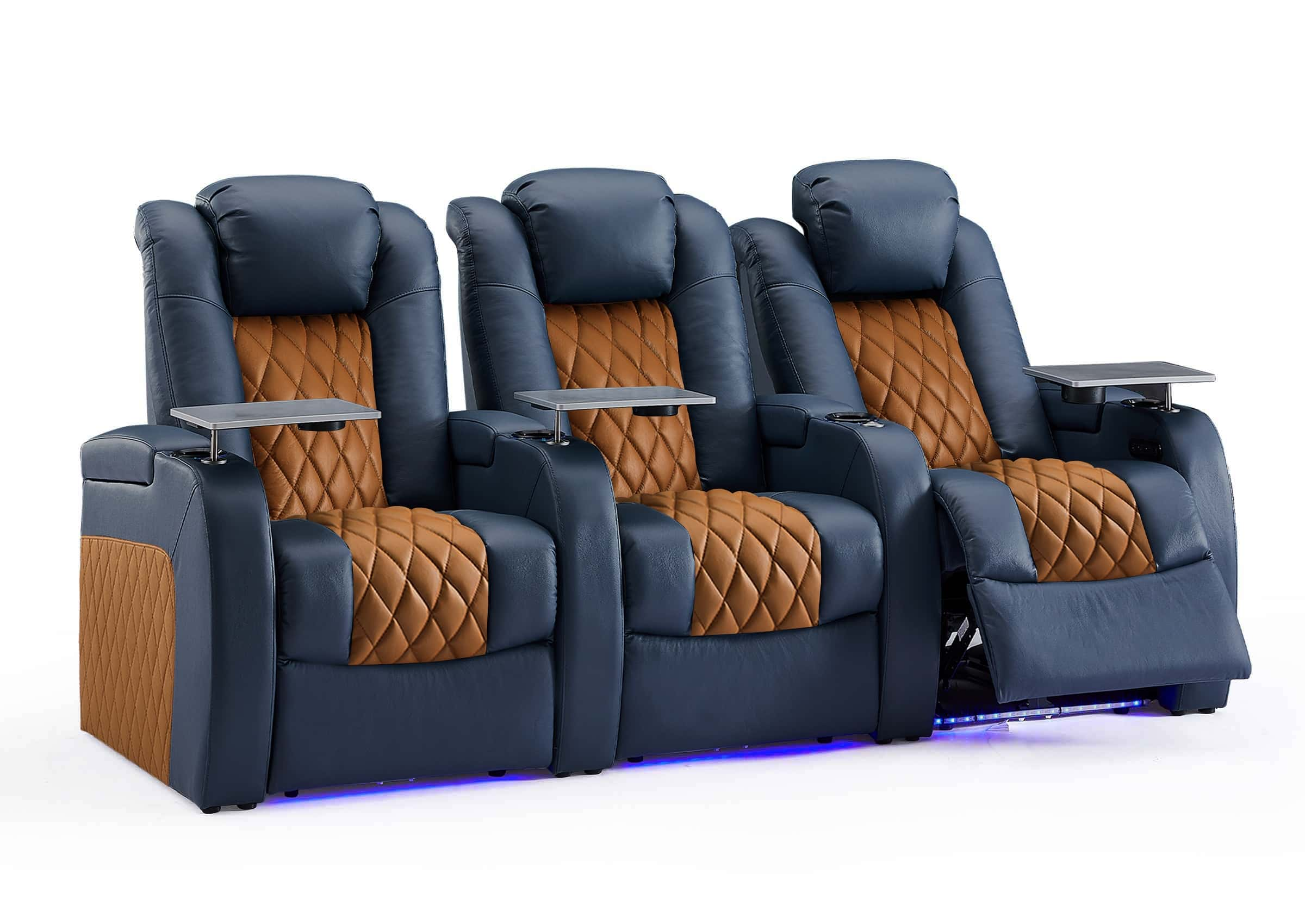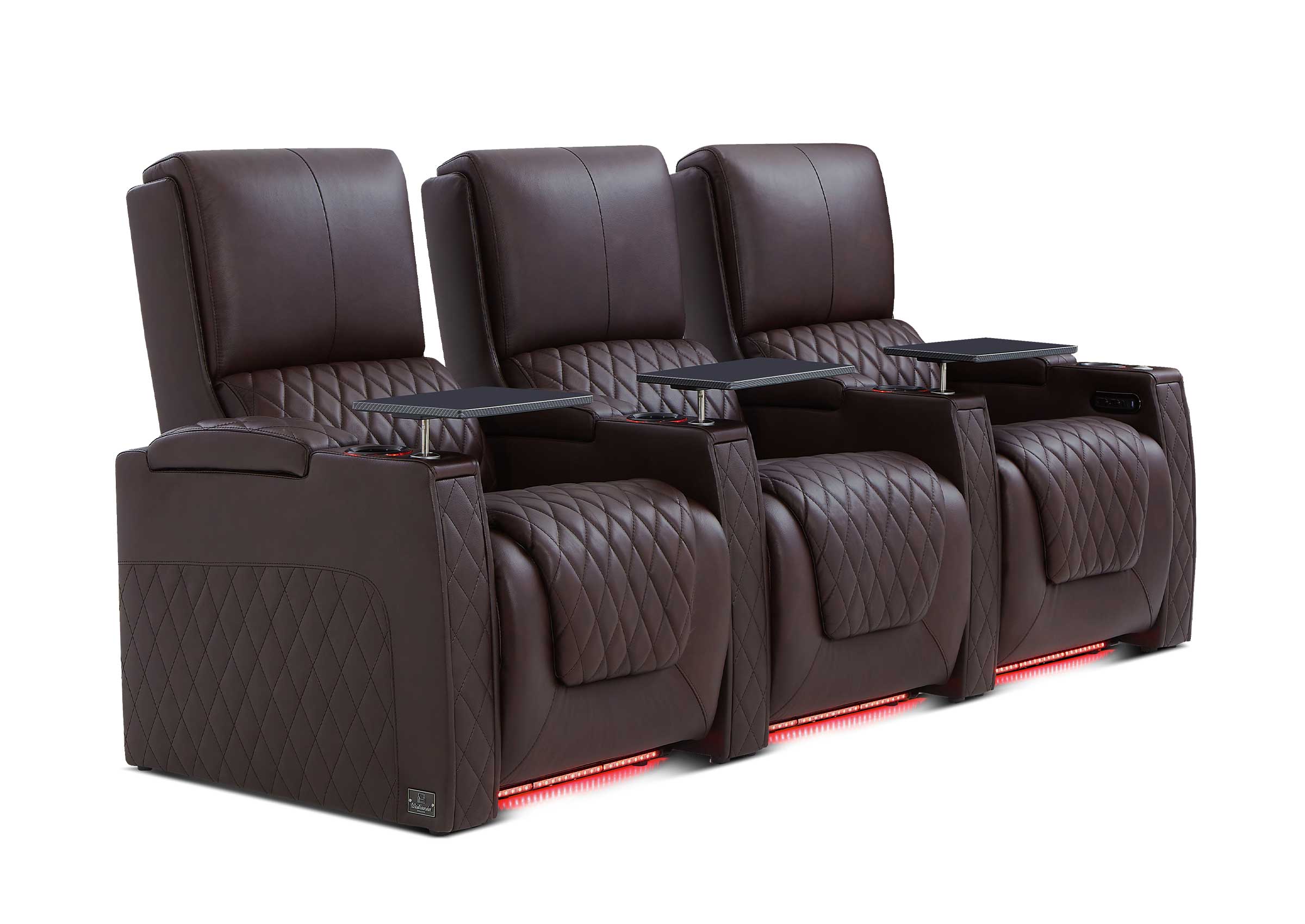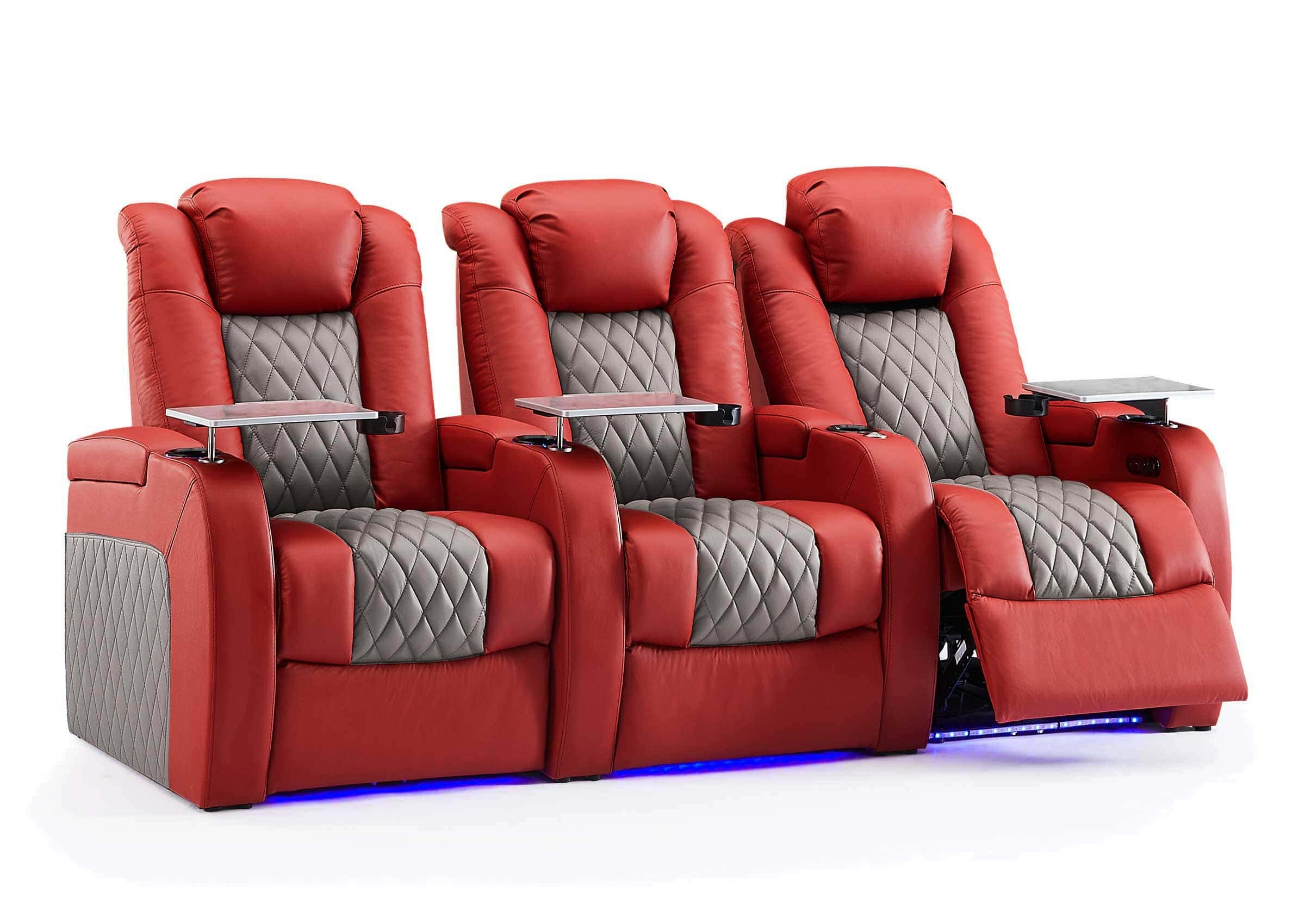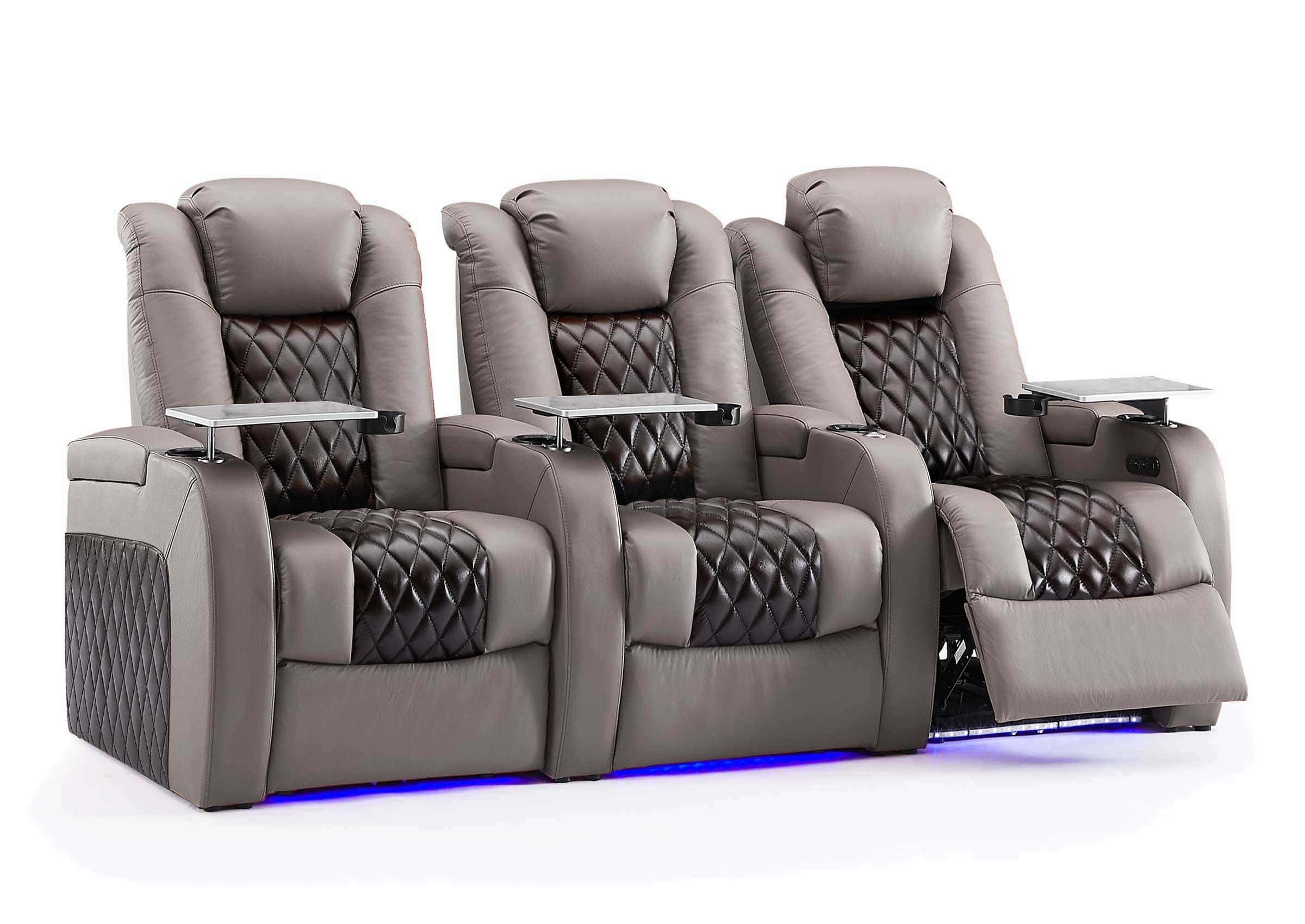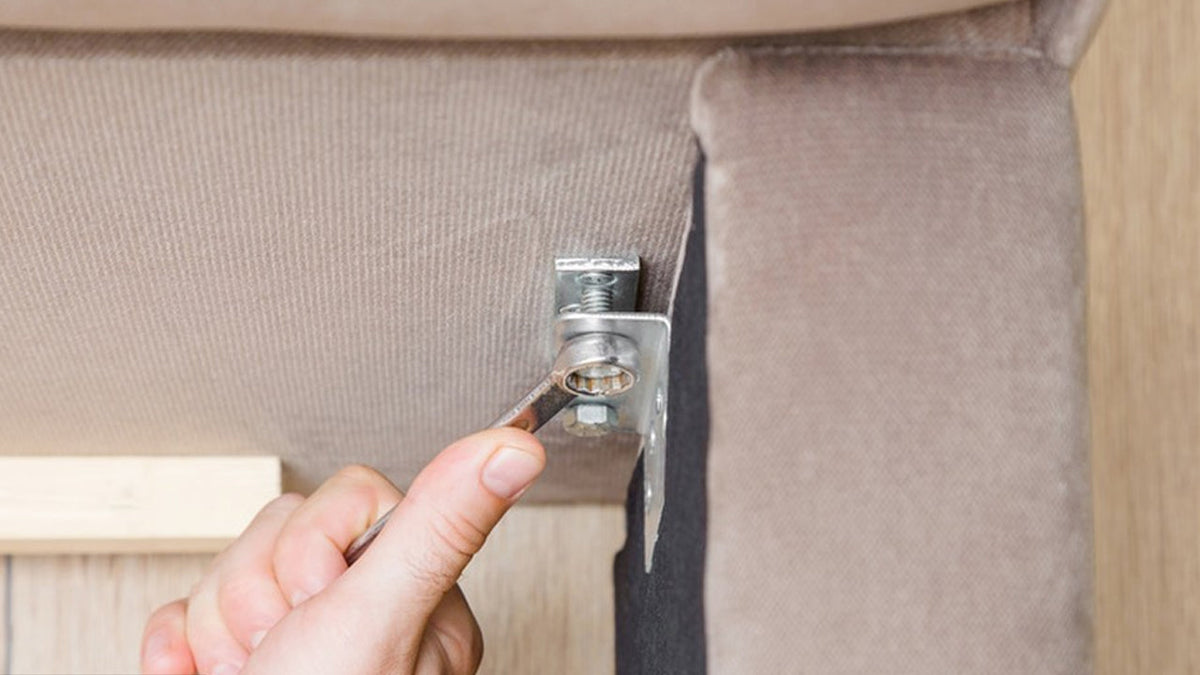Is your recliner refusing to stay in position, disrupting your relaxation time? This common issue isn't just annoying-it can be unsafe. A faulty recliner might collapse unexpectedly or trap fingers, turning comfort into risk. Fixing these problems promptly is key to maintaining both comfort and safety in your home. Whether it's a loose spring or a worn-out part, addressing recliner issues will keep your chair functioning well for years.
Essential Steps Before You Begin Fixing Your Recliner
Proper preparation is key to successfully fixing your recliner chair. These crucial steps ensure your safety and set the stage for effective repairs.
1. Safety Precautions
Safety comes first. Unplug electric recliners from the wall outlet to eliminate shock risks. Clear the area around all recliner types, creating space to work and access various chair parts. Consider asking someone to help, especially when handling heavier components.
2. Identifying Your Recliner Model
Determine if you have a manual or electric recliner. Manual models typically feature a side lever or handle, while electric versions have buttons or a control panel. Your recliner type dictates the specific troubleshooting steps. Check the manufacturer's label or user manual if you're unsure.
3. Assembling Your Toolkit
Gather these tools before starting:
- Screwdrivers (both flathead and Phillips)
- Pliers
- Adjustable wrench
- Lubricating oil
- Flashlight
- Work gloves
Electric recliner repairs might require a multimeter to test electrical components. Having these tools ready will streamline your repair process and help avoid interruptions.
A safe workspace, knowledge of your recliner type, and the right tools form the foundation for effective recliner repair. You're now ready to diagnose and fix the issues with your chair.

Four Common Recliner Problems and How to Fix Them
1. Recliner Won't Stay Reclined
This issue often stems from a loose or broken spring, or a worn-out locking mechanism. Damaged springs can't provide the necessary tension, while a faulty locking mechanism fails to hold the chair in position. Both problems prevent the recliner from maintaining its reclined state, causing frustration and discomfort.
Solution:
Examine the underside of your chair for damaged springs. If you spot a stretched or broken spring, remove it using pliers and replace it with an exact match. Secure the new spring to both the frame and seat. If the springs look fine, focus on the locking mechanism. Find the locking pawl under the chair - it's a small metal piece that engages with a toothed plate. Tighten any loose screws on the pawl. If this doesn't solve the problem, you may need to replace the entire locking assembly, which is best done by a professional due to its complexity.
2. Lever or Handle Not Working
A malfunctioning lever can be loose, bent, or disconnected from the reclining mechanism. This prevents the chair from reclining or returning to its upright position, rendering the recliner unusable. The problem often occurs due to wear and tear or accidental damage.
Solution:
Start by checking if the lever is loose and tighten its mounting screws if necessary. For a bent lever, carefully straighten it using pliers. If the lever is severely damaged or disconnected, you'll need to replace the whole lever assembly. Consult your chair's manual for specific instructions on how to do this.
3. Recliner Too Stiff or Too Loose
Incorrect tension in the reclining mechanism can make your chair difficult to recline or unable to hold its position. This issue affects both comfort and functionality, making it hard to find your preferred seating position.
Solution:
Look for the tension adjustment mechanism under the chair - it's usually a thumb wheel or wing nut. To increase tension if the chair is too loose, turn the adjuster clockwise. If the chair is too stiff, turn it counterclockwise. Make small adjustments and test the chair after each until you find the right balance.

4. Squeaking or Creaking Noises
Dry joints or metal parts rubbing together often cause these annoying sounds. While not typically a functional issue, these noises can be irritating and may indicate a need for maintenance.
Solution:
Flip the chair over and locate the moving parts and joints. Apply a small amount of lubricating oil to these areas, then work the reclining mechanism back and forth to distribute the oil. Be sure to wipe away any excess oil to prevent staining your floor or the chair's fabric.
How to Adjust Your Recliner Tension for Optimal Comfort
A well-adjusted recliner provides optimal comfort and support. Tension adjustment is key to achieving this perfect balance.
Why Recliner Tension Matters
Proper tension is vital for your recliner's performance. It controls how easily the chair reclines and how well it supports your weight in different positions. When tension is correct, your recliner moves smoothly and stays in place without effort. Too little tension makes the chair wobbly and unstable, while too much tension creates a stiff, hard-to-move recliner.
Step-by-Step Recliner Tension Adjustment
1. Locate the Adjustment Points:
Find the tension adjustment mechanisms under the chair, near the reclining parts. Look for wing nuts, thumb wheels, or hex bolts - these are your tension adjusters.
2. Make Adjustments:
To tighten tension, turn the adjusters clockwise. This makes the chair harder to recline but more supportive. For a looser feel, turn counterclockwise. Always adjust both sides the same amount to keep the chair balanced.
Make small changes at first. A quarter turn can make a big difference. Test the chair after each adjustment to see how it feels.
3. Perfect Your Recliner's Feel
Testing is crucial to get the ideal tension. Sit in the chair and recline fully, then sit up straight again. The motion should be smooth but have some resistance. Try stopping at different angles - the chair should stay in place without you holding it.
If one side feels different from the other, you might need to adjust that side more. Pay attention to how the recliner feels as you move it. Some positions might need more adjustment than others.
The best tension depends on what you like and how much you weigh. What feels good for one person might not work for another. Try different settings until you find what's most comfortable for you.

Electric Recliner Repairs: Power and Motor Problems
Electric recliners offer comfort at the push of a button, but they can develop unique problems.
How to Tackle Power Problems
When your electric recliner stops working, start with the basics. Ensure the chair is plugged in securely and check if the outlet works by plugging in another device. Examine the power cord for visible damage. Many recliners have a reset button on the control panel or power supply box - locate and test this.
If these steps don't solve the problem, try unplugging the recliner for 5 minutes before plugging it back in. This simple reset can often fix minor electrical glitches that prevent the chair from operating correctly.
How to Investigate Motor and Switch Issues
If power isn't the problem, the issue may lie with the motors or switches. When you press the control buttons, listen for a humming sound. This indicates the motor is receiving power but not functioning properly. Check for any loose wires at connection points, but be careful not to disconnect anything.
Examine the hand control for stuck buttons or visible damage. Sometimes, a faulty control panel can prevent the chair from responding to commands. However, remember not to open any sealed components, as this can be dangerous and may void your warranty.
Preventative Maintenance Tips to Keep Your Recliner Healthy
Taking care of your recliner before problems start can save you time and money. Here are some easy ways to prevent issues and keep your chair in good shape.
1. Clean and Oil Regularly
Every month, vacuum fabric chairs or wipe leather with a slightly damp cloth. Use a dry cloth to remove dust from moving parts. Every three months, put a small drop of lubricating oil on metal joints and moving parts. Remember to wipe off any extra oil to avoid stains on your chair or floor.
2. Check Your Chair Twice a Year
In spring and fall, give your chair a thorough check-up. Tighten all visible screws and bolts. Make sure all parts are secure and working correctly. Look for cracks in wooden parts or rust on metal pieces. Test the reclining mechanism to ensure it operates smoothly. These regular checks can catch small problems before they become big ones.
3. Watch for Early Warning Signs
Pay attention to how your chair feels and sounds when you use it. New squeaks or creaks when reclining might mean it needs oiling. If you have trouble reclining or returning to an upright position, the mechanism might need adjustment. Wobbling or instability when seated could indicate loose parts. Small tears in the fabric or leather can get bigger if not fixed quickly. For electric recliners, buttons not responding quickly might signal electrical issues.

Fix Your Recliner, Enjoy Your Comfort
Your recliner is more than just a piece of furniture-it's your personal relaxation spot. By understanding common problems and their solutions, you can keep your chair in top shape for years. Regular maintenance, like cleaning, oiling, and checking for issues, goes a long way in preventing bigger problems. Whether you're dealing with a stuck lever, tension issues, or electrical glitches, most recliner problems have simple fixes. Remember, safety comes first, so don't hesitate to call a professional for complex repairs. With a little care and attention, you can ensure your recliner remains a comfortable, safe haven for your daily relaxation.








